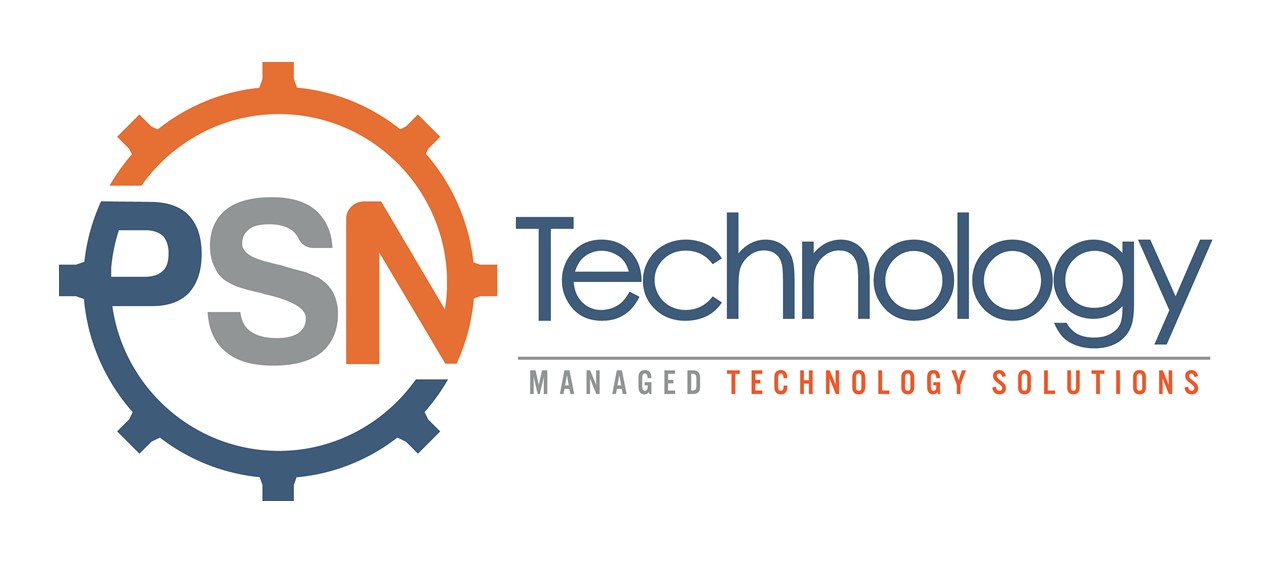
The first half of 2021 saw 1.5 billion attacks on smart devices,
with attackers looking to steal data, mine cryptocurrency or build botnets.
The Internet of Things (IoT) and the related Industrial Internet of Things (IIoT) represent huge areas of interest and growth for both consumer and business users. With the growth in smart devices, the data that they share, and the industrial systems they contribute to, there is a concurrent explosion in criminal activity. Increased adoption means increased risk. Technology professionals are tasked with getting out ahead of the risk and anticipating or minimizing risk and ensuring no slowdown or threat for businesses that increasingly rely on this technology.
BACKGROUND
The internet of things (IoT) brings diverse connected devices, creating platforms that are easy to scale and highly adaptable. The growth in connected devices can be seen across industries – including food production, manufacturing, and energy – and in homes, buildings, and cities. Such growth brings with it, threats in areas where cybersecurity risks are relatively new. Because these devices are connected to databases and to data collection and monitoring tasks, they bring security concerns to the environments beyond their immediate function.
GROWTH DRIVING INCREASED CYBER THREAT
Devices like home accessories and watches, essential to our everyday lives, are increasingly providing new openings to smartwatches to cybercriminals. According to Kaspersky, as users’ interest in smart devices increases, attacks intensify. Add to that the increasing numbers of people working from home and the ramped up criminal activity focused in-home smart devices – made worse by the numbers of employers who have not figured out how to manage a workforce suddenly working remotely. According to Threatpost, companies’ lack of preparedness has become increasingly evident, especially with the influx of personal devices logging onto corporate networks.
And, according to Kaspersky, infected devices are used to steal personal or corporate data, mine cryptocurrencies, and get added to botnets, networks of computers infected by malware acting under the control of an attacking party.
A LOOK AT IoT ATTACK SURFACES
The Open Web Application Security Project (OWASP) has published a detailed draft list of IoT attack surface areas. These include:
- Devices: This is the primary means by which attacks are initiated.
- Communication channels. These are the functions that connect IoT components with one another.
- Applications: Vulnerabilities in web apps and IoT deice software can lead to compromised systems, allowing criminals to steal user credentials or push malicious firmware updates.
WHY THE INCREASED RISK?
The characteristics that make IoT environments functional are also targets for abuse. These include:
- Gathering of abundant data.
- Connecting virtual and physical environments.
- Creating complex environments – manty devices working together.
- Centralizing architecture – keeping a lot of data in one place and making it a prime target for criminals.
WHAT YOU CAN DO
Kaspersky recommended that users implement the following best practices:
- Install updates for firmware as soon as possible.
- Always change preinstalled passwords.
- Reboot a device as soon as it begins acting strangely.
Where Do I Start?
We have the expertise to help you get started and to make a smart investment. Please contact me for more on how PSN Technology can help your business.
Philipp Emma | philipp@psntech.com | 313-792-8082 x 202


Recent Comments